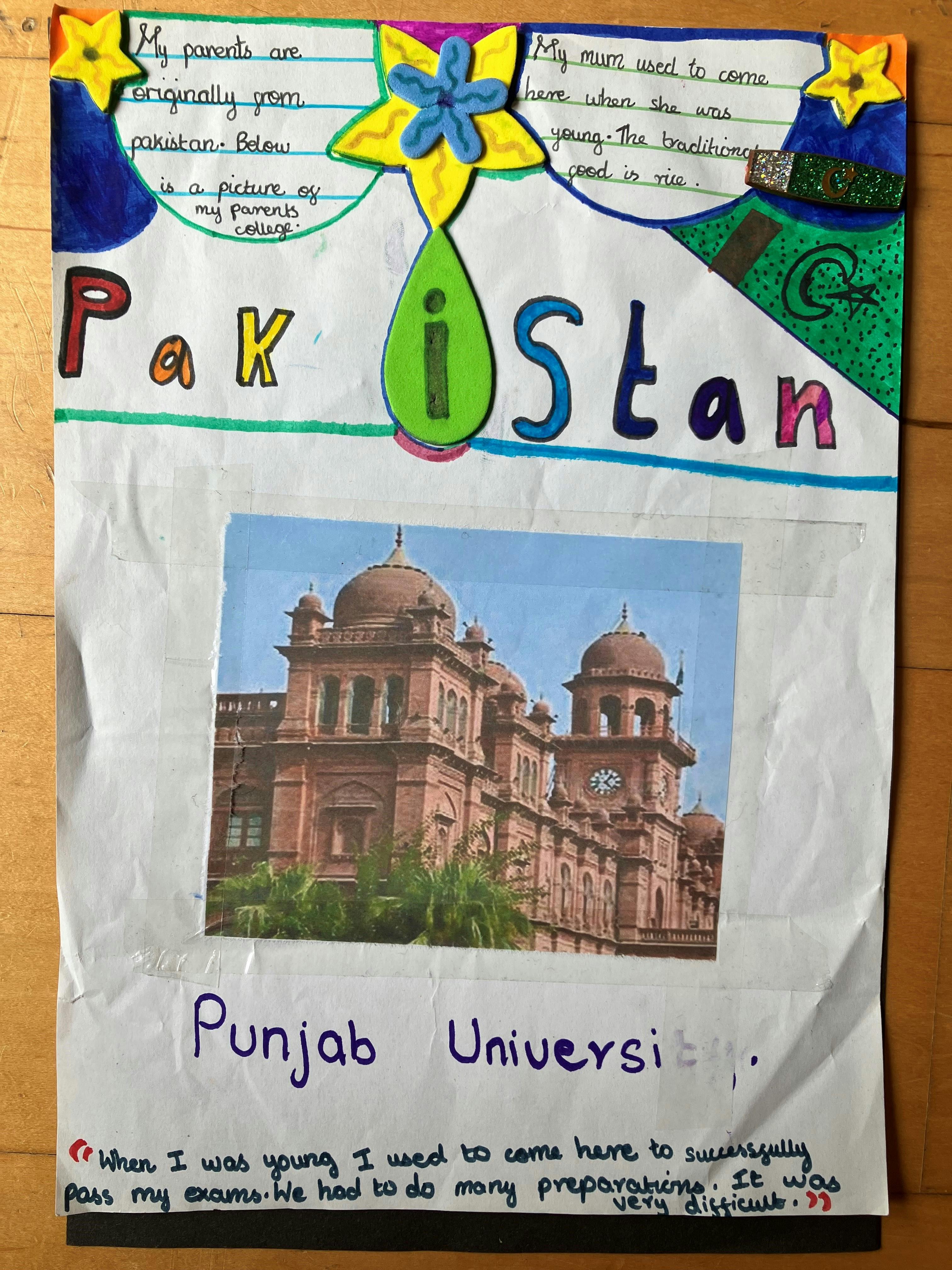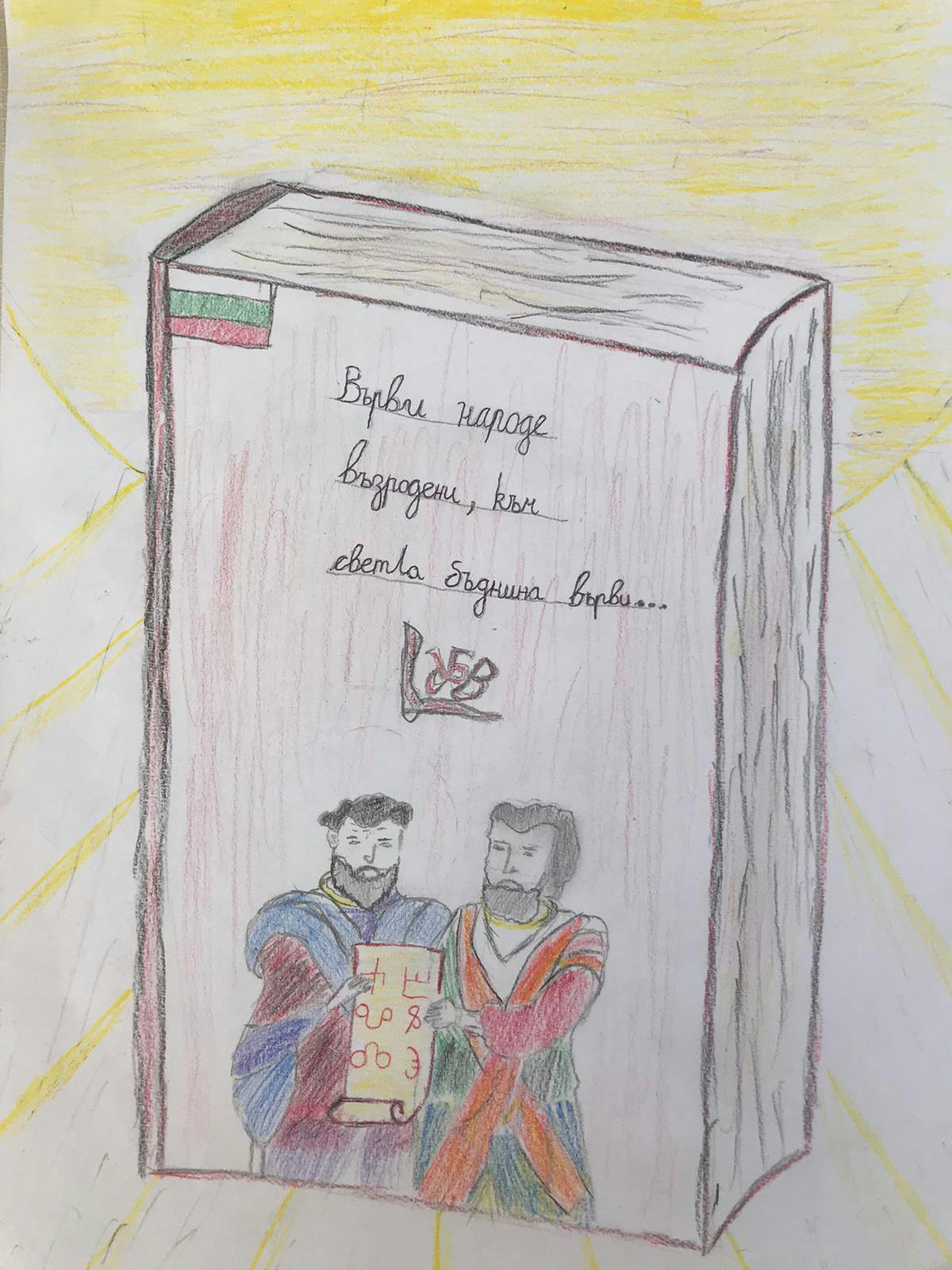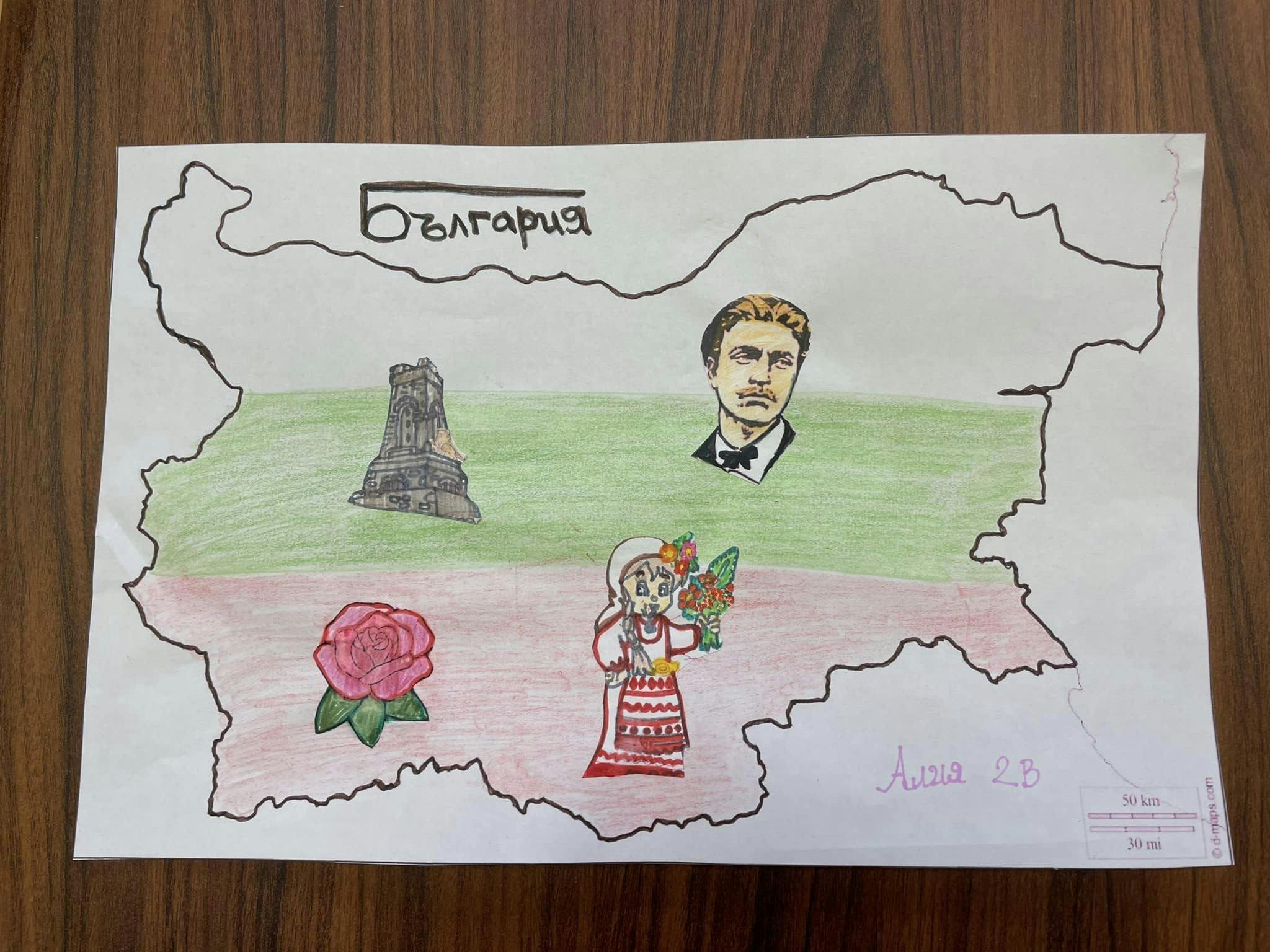Barking's Gascoigne Heritage
The Gascoigne area of Barking, renown for its high-rises since the 1970s, is named after the Gascoyne family, as inscribed across Barking in Chapman & Andre's 1777 Map of Essex (below and close up above). The name Jos[eph] Gascoyne is written beneath Westbury - the medieval manor and landed estate which the Gascoyne family inherited in the eighteenth century - and Bamber Gascoyne - is shown as the owner of Bifrons, whose large house and grounds, south of Tanners' Street, the abbey ruins and market place, were built by his grandfather - Dr John Bamber. Bamber acquired much of the Westbury estate before he died in 1753. This neighbourhood including Gascoigne Road and School (established 1891, now Gascoigne School and Shaftesburys site) and the post war housing estate were all named after the Gascoigne family, but the area has an intriguing history - both before and since the Gascoignes acquired their land and grand residences in Barking.
 Barking section of Chapman & Andre's 1777 Map of EssexBefore the Gascoigne family inherited the land south-east of Barking town, above the marshy levels, this fertile area had previously been settled by Saxons, Romans, possibly members of the Iron Age Trinovantes tribe and even Bronze Age farmers. There have been many Roman finds in archaeological digs around Barking but, like Dagenham's pre-historic Idol, perhaps the most fascinating find - a Roman sarcophagus - was discovered by accident during the residential development of Ripple Road in 1932. The stone coffin contained parts of several skeletons and a third-century, Roman-British, pot.
Barking section of Chapman & Andre's 1777 Map of EssexBefore the Gascoigne family inherited the land south-east of Barking town, above the marshy levels, this fertile area had previously been settled by Saxons, Romans, possibly members of the Iron Age Trinovantes tribe and even Bronze Age farmers. There have been many Roman finds in archaeological digs around Barking but, like Dagenham's pre-historic Idol, perhaps the most fascinating find - a Roman sarcophagus - was discovered by accident during the residential development of Ripple Road in 1932. The stone coffin contained parts of several skeletons and a third-century, Roman-British, pot.
The influence of Barking's Christian Abbey on Barking was immense during the Saxon and Medieval periods - by which time Barking was the second largest market town in Essex (long before it came a London borough).
After Henry VIII's dissolution of Barking Abbey, which began in 1540, the Crown inherited The Manor of Barking, from the Abbesses, and some of the abbey land became available to wealthy Londoners to purchase. The Sysleys built Eastbury Manor House and the Fanshawes purchased Jenkins Manor, also Fulks (just north of Barking town) and Valence in Dagenham. In 1628 the remaining Manor of Barking was sold to Thomas Fanshawe - who mapped it: Thomas Fanshawe's Manorial Map of Barking, 1653
Thomas Fanshawe's Manorial Map of Barking, 1653
Showing houses, fields and Tomlin's Orchard south of Barking Mill and east of the RodingBifrons House was built by Dr John Bamber in 1717, just south of Axe Street, near its western end. 
It was a grand home on the Bifrons Estate (part of Westbury Manor) with substantial grounds. The park stretched southwards, lying between Fisher Street (now Abbey Road), Vineyard Lane (now Ripple Road) and Hand-in-bowl Lane (King Edward’s Road).
 Bifrons House, Park and EstateBamber's estate descended to the Gascoyne family, through Sir Crispe Gascoigne's wife Margaret (daughter of Dr John Bamber), and their eldest son Bamber Gascoigne.
Bifrons House, Park and EstateBamber's estate descended to the Gascoyne family, through Sir Crispe Gascoigne's wife Margaret (daughter of Dr John Bamber), and their eldest son Bamber Gascoigne.  Plan of Bifrons The grand home was demolished by Bamber Gascoigne II in 1815 and the plot sold to the Glenny family. The Glennys replaced it with a smaller property and later sold the site. Around 1886 Henry F Van purchased it to build a state of the art Mineral Water Factory, which became R Whites' Lemonade Factory (shown here in 1968 - opposite the newly built St Joseph's School - a few years before it closed).
Plan of Bifrons The grand home was demolished by Bamber Gascoigne II in 1815 and the plot sold to the Glenny family. The Glennys replaced it with a smaller property and later sold the site. Around 1886 Henry F Van purchased it to build a state of the art Mineral Water Factory, which became R Whites' Lemonade Factory (shown here in 1968 - opposite the newly built St Joseph's School - a few years before it closed). R White's Lemonade Factory shown here as 'Soft Drinks Factory' - they were first established as makers of Ginger Beer
R White's Lemonade Factory shown here as 'Soft Drinks Factory' - they were first established as makers of Ginger BeerDuring the nineteenth century the Steane family lived in Park Cottage on the Bifron's Estate - Mr Steane owned the nearby Soap Works and his daughter's 1930s memoire of the 1860s provides a significant recollection of the sound of the Jute workers' clogs on cobbles as the women - tramped to and from the Jute works, with the children who worked less skilled jobs like sack-sewing and the male workers and engineers. She also recalled the sight of sailing boats, barges and fishing smacks on a busy Barking Creek, old cottages and rats on Fisher Street.
At that time this part of Barking, close to the River Roding was still home to many fishermen, their fish-wives and families, and those who traded with them. There were several inns providing drink, food and lodgings too. The only remaining evidence of this tradition is The Hope Inn, which moved from Fisher Street to Gascoigne Road early in the twentieth century and is now home to the Alnoor Cultural & Education Trust. The main thoroughfare along the riverside during the nineteenth century was called Fisher Street - now the southern end of Abbey Road.
 The restored Malthouse and Granary are part of a small Conservation Area preserving these Victorian buildings along the riverside, and includes the Boathouse Arts Centre and Cafe
The restored Malthouse and Granary are part of a small Conservation Area preserving these Victorian buildings along the riverside, and includes the Boathouse Arts Centre and CafeFollowing the decline of the fishing industry (from the mid to the late nineteenth century), the river was increasingly used for the transport of raw materials and manufactured goods, with barges using the wharves for the mills and factories. The riverside and town quay became an increasingly industrial area.
 This map from the LBBD Archives shows that the Gascoigne Area was still mainly industrial in the mid-twentieth century. The New England Estate remains - on the site of the old Jute/Rubber Mills.
This map from the LBBD Archives shows that the Gascoigne Area was still mainly industrial in the mid-twentieth century. The New England Estate remains - on the site of the old Jute/Rubber Mills.One of the largest factories in the Gascoigne district was the Jute Works (1866-91) which had a large workforce of women and children. Skilled weavers and semi-skilled spinners were encouraged to move to Barking, from Scotland and Ireland to work in the mill and train Barking folk in these roles.
Find out more here: https://thamesfestivaltrust.org/programme-archive/the-barking-stink/the-barking-stink-industries/
After the closure of the Jute Works the factory became Indian Rubber Mills (1907-2002) also known as Abbey Mill and William Warne's. Like the jute, the rubber was imported from India and many of the post-war workers there had migrated from British colonies, including India and Pakistan, encouraged to find work here and expand the labour force, after World War Two.
 Photo c1960 from the William Warne collection in the LBBD Archive
Photo c1960 from the William Warne collection in the LBBD ArchiveResidential housing was often built for factory workers, including the late Victorian Gascoigne Road and the early twentieth century council housing on King Edward Road - whose famous residents include suffragette and socialist, Annie Huggett, and Job Drain who won a Victoria Cross for his bravery in the First World War.
Another famous resident of the Gascoigne area is Mary Wolstonecraft Godwin, author of A Vindication of the Rights of Women, 1792. In 1765/6 Mary moved from a home close to Whalebone Lane and the Chelmsford Road, in Dagenham, to a smaller property in Ripple Ward, Barking, (perhaps the former holiday home of social-reformer Jeremy Bentham's family). Her father was an Overseer in the area and reportedly friendly with the Gascoigne family. She lived there for less than 5 years but the geography of the area inspired her. In her letters she recalled slipping away from her tumultuous homelife and drunken father to, 'lay on the marshes, look up at the vast expanse of sky and, realise a world of possibilities.'
Potter Payper (AKA Jamel Bousbaa) has also been known to critique society - through his rapping. Although his character is not unblemished, he has recently realised his possibilities. Potter has Irish and Algerian heritage and grew up on the Gascoigne Estate, during a challenging period (1990s), when the post-war high-rises were in decline and residents often experienced social unrest and anti-social behaviours. His hit tune, Gangsteritis, which featured in the TV show Top Boy, references his time spent in prison (for drug related crimes) and his 'troubled childhood'. The song suggests he has learned his lessons and is a reformed character, who focuses on mixing music now - his first studio album, released last year, peaked at 2 in the UK charts. Potter's flourishing music career perhaps reflects the regeneration of the 'estate' in recent years.
A landed estate such as Bifrons, with its grand residence, will probably not return to the Gascoigne area but the housing provision for its numerous residents has been redeveloped many times and continues to evolve. New well planned developments and improvements to public places are creating a greater sense of pride and harmony in the Gascoigne community.
 Local people creating Phoenix Park - a space for all in the Gascoigne community
Local people creating Phoenix Park - a space for all in the Gascoigne communityThe Gascoigne Workers' International Heritage Mosaic on the Barrage Building, between the flood defences/footbridge and Canoe Club was funded by The National Lottery Heritage Fund for the Barking Heritage Trail, to celebrate Gascoigne's industrial and international heritage! Local residents have often moved here from far away places to live and work. This has been a significant part of the local heritage, of this corner of Barking and Dagenham, for centuries.
 Artist Tamara Froud at work on her mosaic - showing a female worker at the Jute Mill. The artwork includes ceramic tile representations of the family heritage of young residents from Gascoigne Primary and Barking's Bulgarian School
Artist Tamara Froud at work on her mosaic - showing a female worker at the Jute Mill. The artwork includes ceramic tile representations of the family heritage of young residents from Gascoigne Primary and Barking's Bulgarian School



























